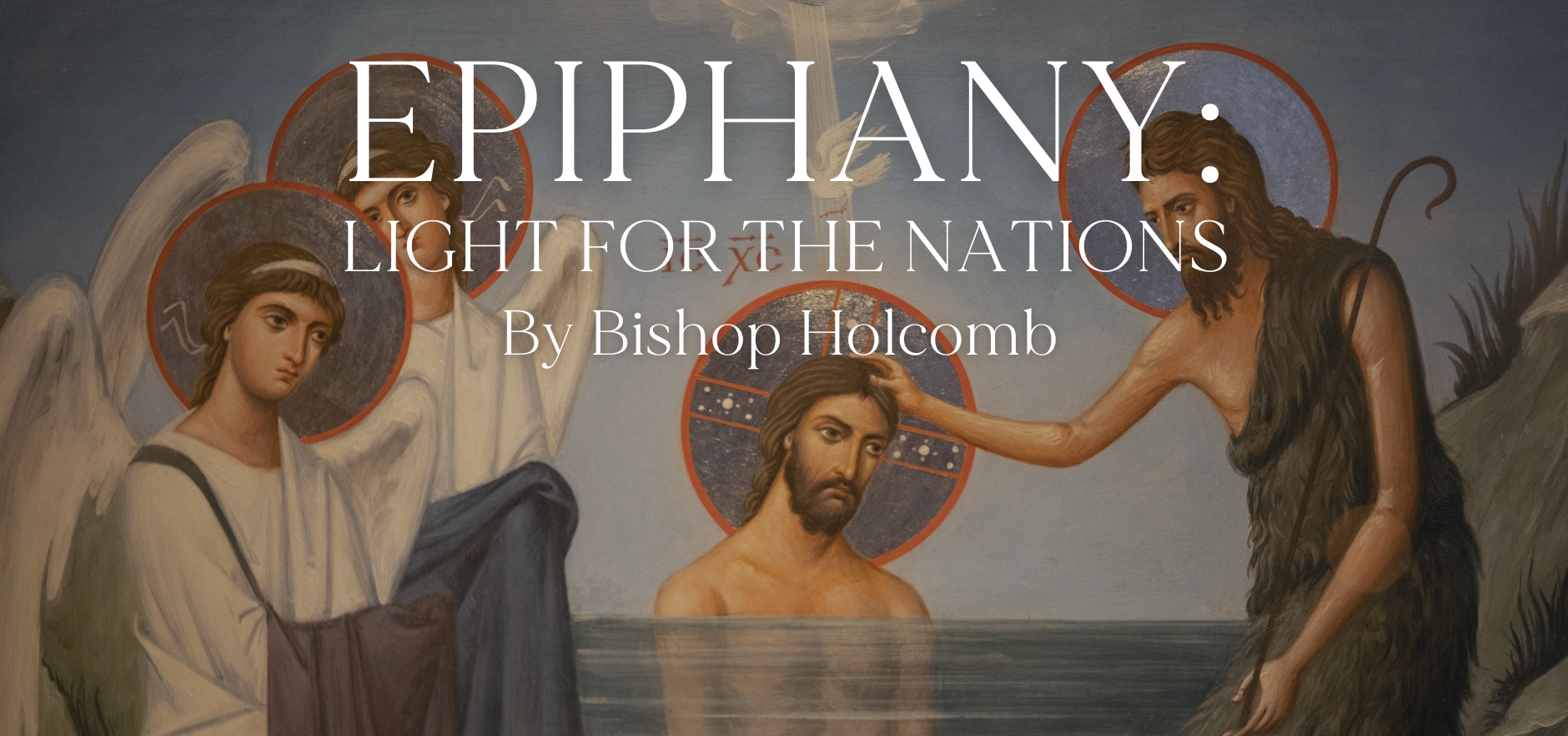
Epiphany, in which we celebrate God’s light coming into the world, is a significant season in the church year, celebrated across many Christian traditions. The word “epiphany” comes from a Greek word meaning “appearance” or “manifestation.” It reminds us that God’s love didn’t stay hidden. In Christ, God revealed himself – not just to Israel, but to all people. That’s good news: His light shines for everyone, everywhere.
Epiphany starts on Jan. 6, wrapping up the 12 days of Christmas. Our Anglican tradition extends Epiphany into a season that lasts until Ash Wednesday, preparing us for Lent. During these weeks, the church reflects on important moments that show Jesus revealing his mission and identity.
The Gospel Revealed
Each key moment during Epiphany reveals something essential about Jesus and invites us to respond:
- The visit of the magi (Matt. 2:1-12). The Magi – Gentile astrologers from the East – show us that Jesus is not just for Israel. God’s salvation is for everyone, no matter their background. The gifts they bring – gold, frankincense and myrrh – point to Jesus as King, priest and sacrifice. Their journey reminds us that the gospel transcends borders, calling the church to proclaim this good news to every nation.
- The baptism of Jesus (Luke 3:15-17, 21-22). At his baptism, the heavens open, and the Father declares, “You are my beloved Son.” This moment reveals Jesus’ identity and mission. Just as God’s Spirit rested on Christ, marking him as the one who takes on the burden of sin, we, too, are marked by grace in baptism. Through Christ, we hear the same words: “You are my beloved child.”
- The wedding at Cana (John 2:1-11). Jesus’ first miracle – turning water into wine – points to God’s abundant grace. Where there is lack, Jesus provides more than we could imagine. This miracle foreshadows the joy of the kingdom of God, inviting us to trust in his provision even when we feel like we’ve run out of hope.
- Jesus begins teaching (Luke 4:14-21). When Jesus reads from Isaiah in the synagogue, he declares that he is the fulfillment of God’s promises: “The Spirit of the Lord is upon me … to proclaim good news to the poor” (v. 18). This moment marks the beginning of his public ministry and reveals his mission to bring healing, freedom and restoration. His words call us to see the world through the lens of grace, to live as people shaped by the good news that the oppressed are set free and the broken are made whole.
- The presentation of Jesus in the temple (Luke 2:22-40). Simeon and Anna recognize Jesus as the Messiah, declaring that he is “a light for revelation to the Gentiles” (v. 32a). This moment connects the old and new covenants, showing that God’s promises to Israel find their fulfillment in Christ– and extend to all people. Simeon and Anna’s faith invites us to trust God’s promises, even in seasons of waiting.
- The calling of the disciples (John 1:35-51). When Jesus calls his disciples, he invites ordinary people into his extraordinary mission. His call is grounded in grace, not merit – he doesn’t call the qualified; he qualifies the called. Discipleship isn’t a solo journey; it happens in community as we follow Jesus together.
- Jesus ministers to a great multitude (Luke 6:17-26). As Jesus descends from the mountain, he is met by a great crowd of people from Judea, Jerusalem and even the Gentile regions of Tyre and Sidon. These multitudes seek healing, deliverance and hope. This moment reveals Jesus’ heart for the broken and marginalized. He doesn’t remain distant – he steps into the crowd, offering healing, restoration and a radical vision of blessing and flourishing in his “Sermon on the Plain.”
In this teaching, Jesus flips the world’s values on their head, proclaiming that the poor, the hungry and the sorrowful are blessed in the kingdom of God. Instead of offering a prosperity gospel, Jesus points to a deeper truth: God’s presence and favor rest on those who are often overlooked and oppressed. His ministry shows that he came not for the strong and self-sufficient but for those who know their need for him.
This moment in Epiphany invites us to trust in God’s upside-down kingdom – a kingdom where weakness becomes strength, loss becomes gain and mourning gives way to joy.
Living in Epiphany Light
Epiphany reminds us that God meets us where we are, drawing us into his mission of grace. Just as the Magi followed a star, we’re invited to follow Jesus – even when the path is unclear. And like the disciples, we’re called to proclaim the good news in ordinary moments, trusting that God’s light is shining in and through us.
While this season focuses on what happened in the past, it also focuses us on what God is doing now. He is still revealing himself to the world in the proclamation of the gospel of Jesus Christ, still calling us to participate in his mission and still shining his light in the darkest places.
Epiphany reminds us that Jesus came for us all – for the struggling and the doubting, the broken and the burdened. God’s love isn’t limited to the perfect or the polished. It’s for every tribe, tongue and nation, including you. And the good news is that his light is still shining, even now, calling us to follow him and reflect his love to a world in need.
